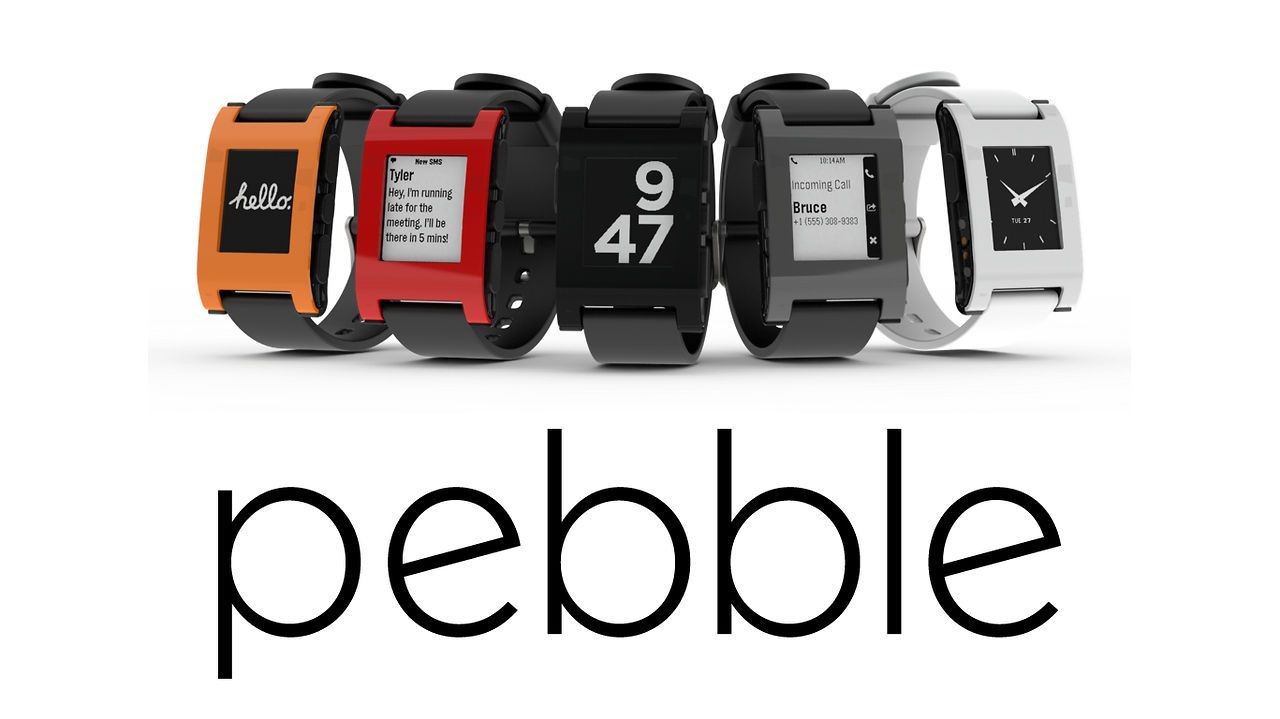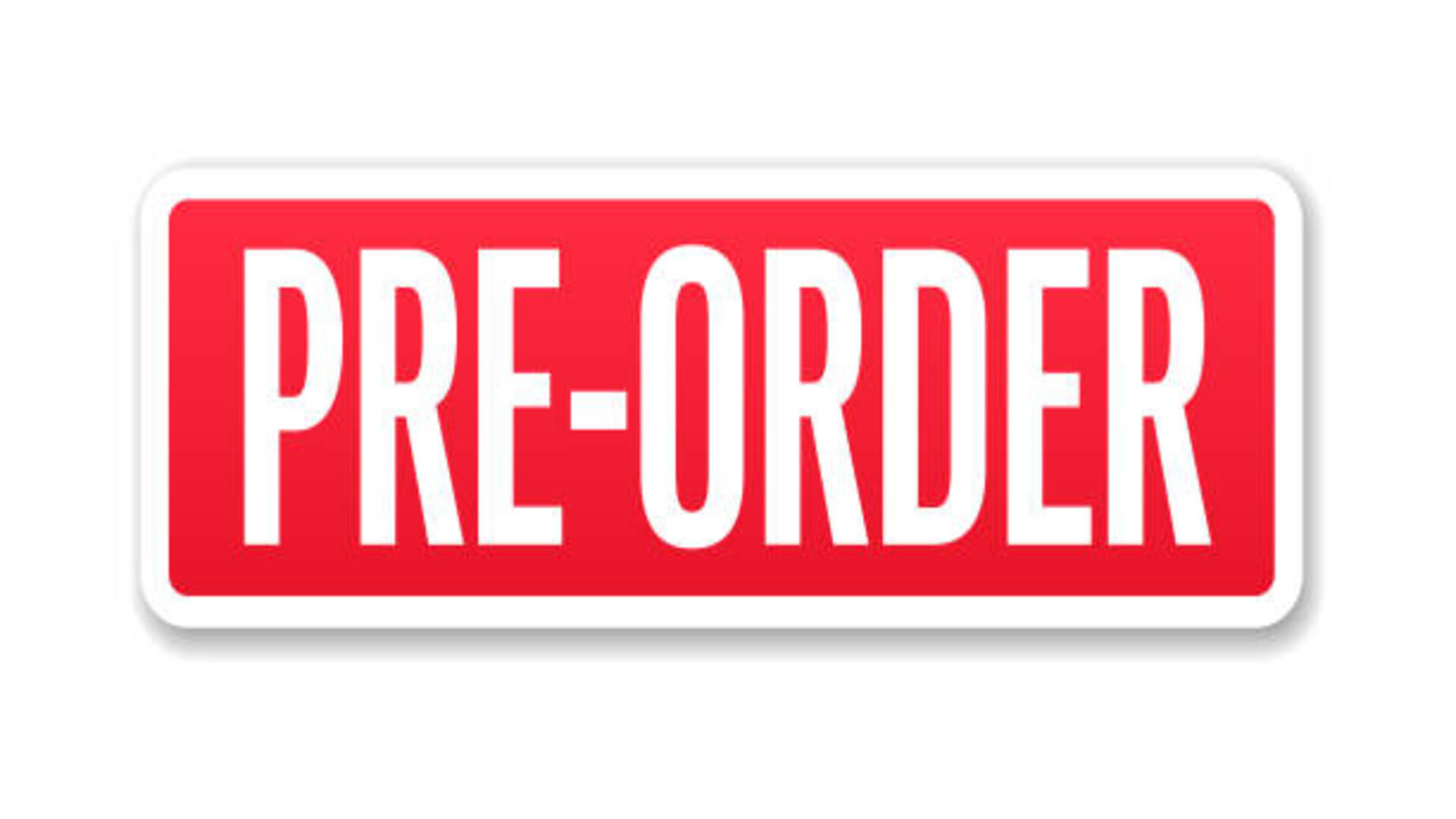The final solution is offered to the public or a part thereof before the actual launch and/or finalized production, e.g. through your own website or crowdfunding platforms like Kickstarter. Buyers commit themselves to buy the solution once it is ready.
Presenting a sale for your product without processing any payment information. It is based on the creation of a high fidelity physical prototyp of your product or a simple landing page that outlines the details of your product and offering. The idea is to offer the customer the possibility to buy the product, but when it comes to the actual buying step, a disclaimer is shown.
Step-by-Step Guide:
1. Define the Pre-Order Strategy
- Set Clear Objectives:
- Determine why you are using the pre-order method. Common goals include validating demand, generating early revenue, and funding production without upfront costs.
- Identify Target Audience:
- Define who your pre-orders are aimed at, such as existing customers, early adopters, or a niche market excited about your product.
2. Develop the Pre-Order Offer
- Create an Appealing Offer:
- Design a compelling pre-order package, such as exclusive access, early delivery, or special pricing. Make it clear what customers will receive and when.
- Set a Realistic Timeline:
- Clearly communicate expected delivery dates and any potential risks of delays. Transparency builds trust and helps manage customer expectations.
3. Build a Pre-Order Page
- Design a Conversion-Focused Page:
- Create a dedicated pre-order page on your website that highlights the product's benefits, features, and the value of ordering early.
- Add Clear Call-to-Actions:
- Use strong, clear calls-to-action (CTAs) like “Pre-Order Now” to encourage users to complete their purchase.
- Showcase Social Proof:
- Include testimonials, reviews, or endorsements from early testers to build credibility and trust.
4. Market Your Pre-Order Campaign
- Leverage Digital Marketing:
- Use social media, email campaigns, and online ads to generate buzz and drive traffic to your pre-order page.
- Engage with Influencers:
- Collaborate with influencers or brand ambassadors to reach a wider audience and add credibility to your campaign.
- Create Urgency:
- Use scarcity tactics like limited availability, early bird pricing, or countdown timers to encourage quick action.
5. Manage Payments and Orders
- Set Up Payment Processing:
- Ensure your payment system is secure and user-friendly, offering multiple payment options to cater to different customer preferences.
- Keep Track of Inventory:
- Monitor pre-order sales closely to manage stock levels and prevent overselling.
6. Communicate with Customers
- Send Confirmation Emails:
- Send immediate confirmation emails with order details, expected delivery dates, and contact information for customer support.
- Provide Regular Updates:
- Keep customers informed about the production process, shipping schedules, and any changes that may affect delivery times.
7. Fulfill Pre-Orders
- Efficient Production and Shipping:
- Ensure that the production and logistics processes are in place to meet promised delivery times.
- Handle Delays Professionally:
- If delays occur, communicate transparently with customers, offering options like refunds, credits, or bonus items to maintain goodwill.
8. Gather Feedback and Improve
- Collect Customer Feedback:
- After fulfillment, ask for feedback on the product and the pre-order experience to identify areas for improvement.
- Analyze Results:
- Review the pre-order data to assess demand, profitability, and areas where the process can be refined for future launches.
Conclusion:
The pre-order method is an effective way to gauge market interest, secure early sales, and finance production. By carefully planning your strategy, communicating clearly with customers, and delivering on your promises, you can create a successful pre-order campaign that drives growth and brand loyalty.
Example:
Pebble: Implementation of the Pre-Order Method
1. Background: Pebble was a startup that developed one of the first smartwatches, focusing on customization, notifications, and compatibility with both iOS and Android devices. Founded by Eric Migicovsky, Pebble aimed to bring a unique, versatile smartwatch to the market.
2. Pre-Order Strategy: Pebble used Kickstarter as a platform to launch its pre-order campaign, allowing them to validate demand and secure funding without upfront production costs.
- Initial Goal: Pebble initially set a modest funding goal of $100,000 to produce the first batch of watches.
- Compelling Pre-Order Offer: Backers were offered early access to the product at a discounted price, creating a sense of exclusivity and urgency.
3. Marketing the Pre-Order Campaign:
- Engaging Video Content: Pebble’s Kickstarter campaign included a highly engaging video that demonstrated the product’s unique features and highlighted its benefits compared to other watches.
- Social Media Buzz: Pebble effectively used social media to build anticipation and drive traffic to their Kickstarter page. The campaign’s success was amplified by word-of-mouth marketing and media coverage.
4. Managing Orders and Payments:
- Efficient Payment Processing: Kickstarter handled payments securely, ensuring a smooth process for backers to pledge their support.
- Transparent Communication: Pebble maintained open communication with backers throughout the campaign, providing regular updates on production progress and addressing any concerns.
5. Success and Fulfillment:
- Record-Breaking Campaign: Pebble’s pre-order campaign became one of the most successful in Kickstarter history, raising over $10 million from 68,000 backers—far exceeding their initial goal.
- Timely Delivery: Pebble managed to meet delivery expectations for the majority of its orders, reinforcing customer trust and setting a strong foundation for future product launches.
6. Feedback and Iterations:
- Customer Feedback Loop: After delivering the watches, Pebble actively gathered feedback from users to improve future models. This feedback was crucial for refining their next generation of smartwatches.
- Continued Engagement: Pebble continued to engage with its community through updates and new feature rollouts, keeping customers loyal and invested in the brand.
Conclusion:
Pebble is a perfect example of how a company can use the pre-order method to validate a product idea, secure funding, and build a strong customer base before full-scale production. Their successful execution of the pre-order strategy not only launched their product but also set the stage for the growth of the entire smartwatch industry.

For more information on the topic, please see the source below:
Mukherjee, A., Smith, R.J. & Burton, S. The effect of positive anticipatory utility on product preorder evaluations and choices. J. of the Acad. Mark. Sci. 51, 551–569 (2023). https://doi.org/10.1007/s11747-021-00810-1

#Customer Needs #Targeting #features, benefits, value #Value Proposition #Willingness to pay





